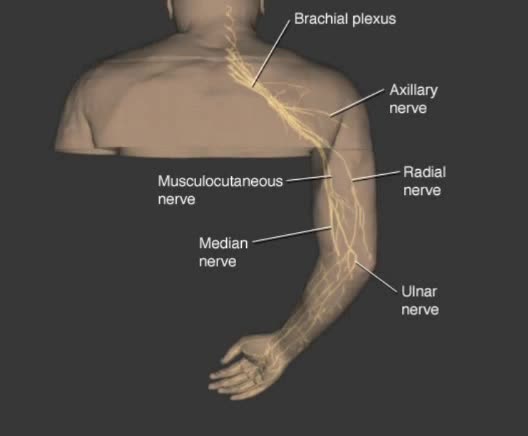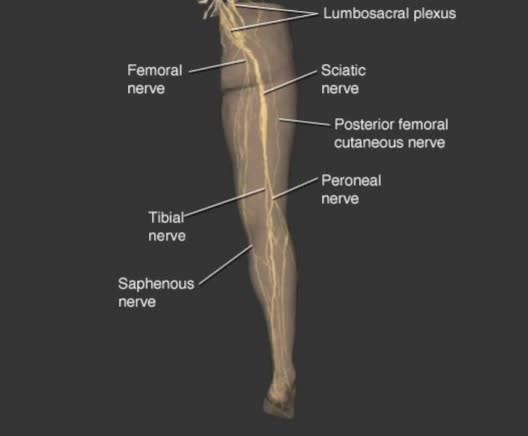Factors that affect conduction rates (myelination, axon diameter & temperature)
By: HWC
Date Uploaded: 11/14/2019
Tags: homeworkclinic.com Homework Clinic HWC Factors that affect conduction rates Myelination Axon diameter Temperature Schwann cells myelin sheath Nodes of Ranvier saltatory conduction Stimulus intensity and AP frequency hyperpolarizations
• Several factors determine the rate of conduction of action potentials: • Myelination • Axon diameter • Temperature • The step-by-step depolarization of an axon is called continuous conduction and occurs along unmyelinated axons. • Neurons in the PNS have many axons that are covered with a myelin sheath produced by Schwann cells. • The membrane of the Schwann cell spirals around the axon forming the sheath and electrically insulating that portion of the axon. The insulation prevents voltage loss due to ion currents across the membrane. • Gaps between the myelin are exposed patches of membrane called Nodes of Ranvier. • Depolarization and the propagation of action potentials occur only at the Nodes of Ranvier. • This causes the action potential to appear to leap from node to node and is called saltatory conduction. • Saltatory conduction is more energy efficient and leaps longer intervals distances. Therefore it is more rapid than continuous conduction. • Axons with a larger diameter conduct action potentials more rapidly because larger axons have less resistance to current flow. • Axons that are cooled, as with application of ice, conduct action potentials less rapidly than axons that are warmer. Stimulus intensity and AP frequency • Mechanical or chemical stimuli generate graded potentials. • Small graded depolarizations or hyperpolarizations will not generate an action potential. • Larger graded depolarizations will generate some action potentials. • Increased stimulus equals even greater and more frequent depolarizations. • Greater and more frequent depolarizations equals increased frequency of action potentials.
Add To
You must login to add videos to your playlists.
Advertisement












Comments
0 Comments total
Sign In to post comments.
No comments have been posted for this video yet.